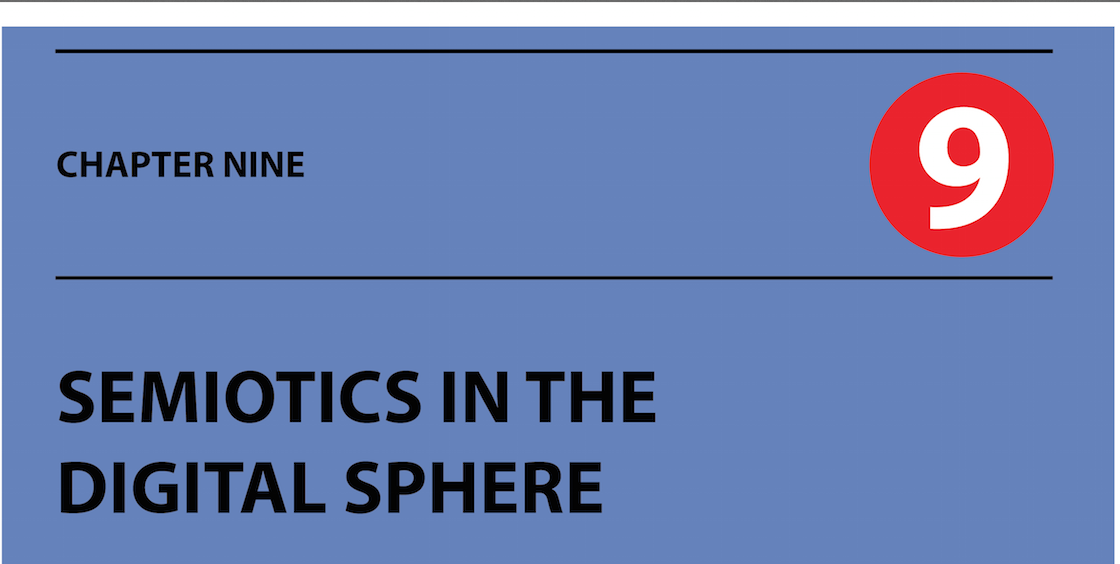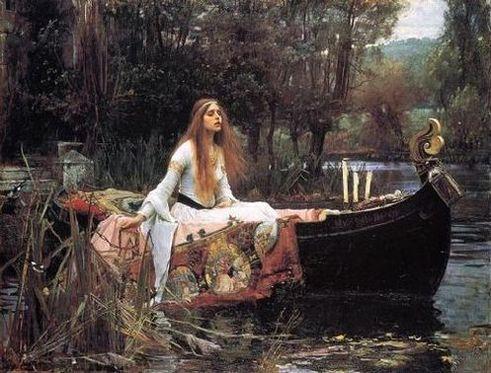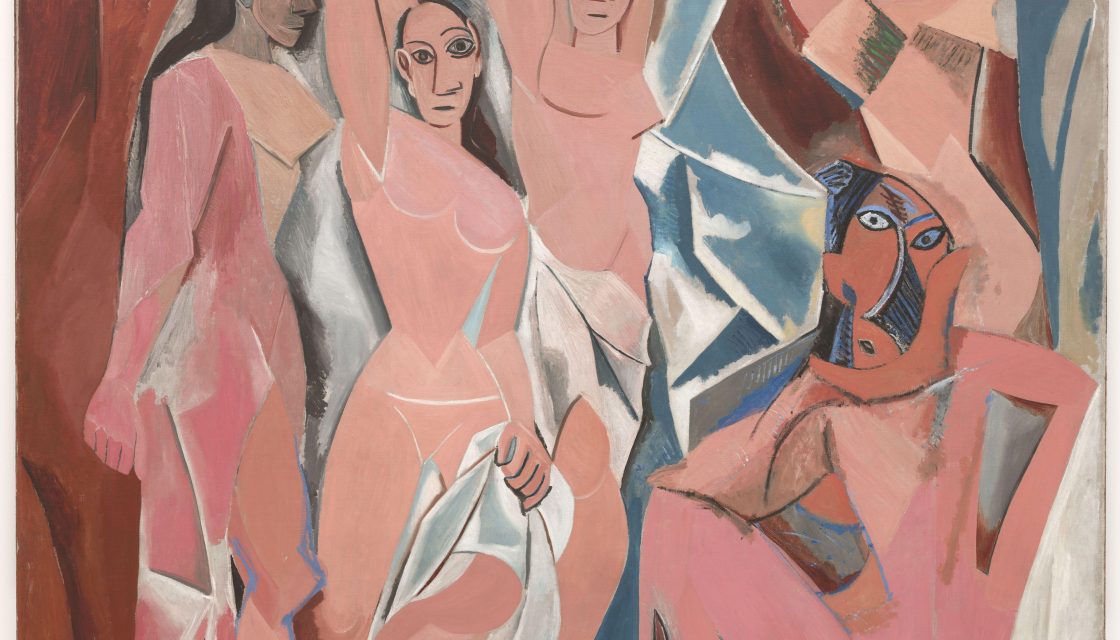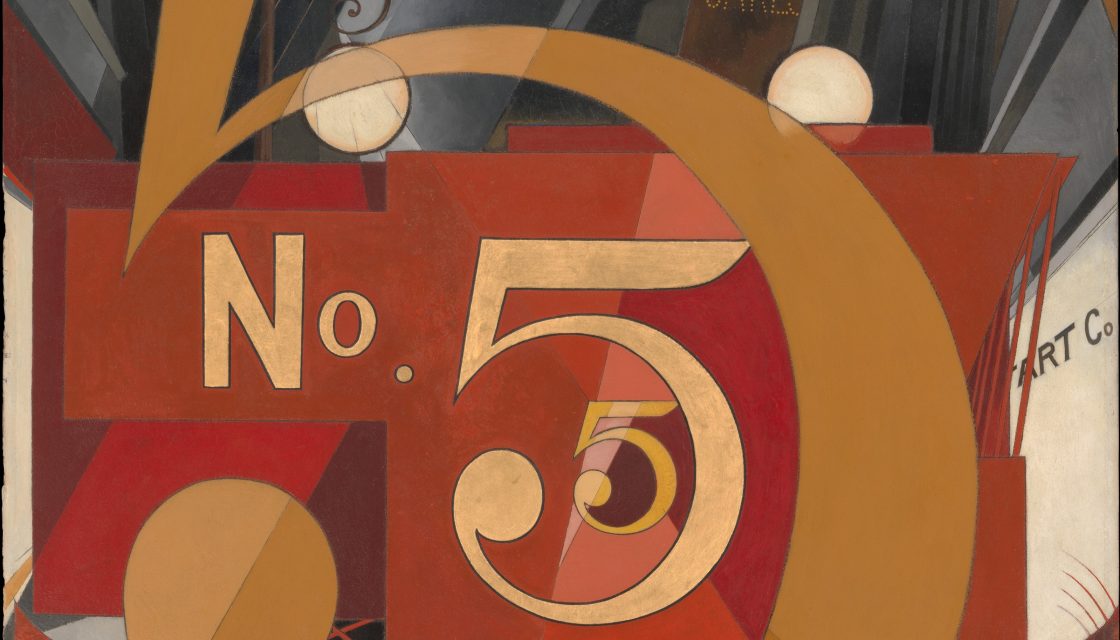How Many Images Do You See?
This is a picture of a 1500 piece puzzle. You could answer this question by saying that there are 1500 images, some lined up next to each other, some lying scattered on the floor. But even with the puzzle half finished, the human brain perceives one central image – a path running through a pink and white forest. It doesn’t matter that the image is broken up by a hundred different squiggly… Read More
Semiotics in the Digital Sphere: Stephen & Annie

We have created three different versions of our project on digital semiotics in order to stress the ways in which signs are unique to each medium and to present the difficulties/impossibilities that arise in the translation of them from one form to another without losing content, significance, or structure. “The Physical Sphere” Images of our creation made digitally but distributed and consumed physically “Digitized” A PDF of our creation mimicking Hall’s This Means This, This… Read More
Partner Project: The Lady of Shalott

Click here for our final project! Click here for our draft post!
Reclaiming the Gaze

Drawing Parallels through Close Reading Picasso’s 1907 masterpiece, Les Demoiselles d’Avignon features five prostitutes from the red light district of Barcelona contorting their bodies: two of the women raise their arms to expose their breasts while another one of the prostitutes spreads her legs apart wide. The women are eroticised and exoticised. The women’s faces, especially the ones on the right side of the painting, were modeled after African and Oceanic masks,… Read More
American Artists of the Afterlife – Featuring William Carlos Williams and Charles Demuth

By Luke Boliek and Aly Dove William Carlos Williams: Good evening and welcome to American Artists of the Afterlife, the podcast where dead American authors, artists, and dramatists are revived in order to speak about their work. I’m your host, William Carlos Williams, and for the interview portion of today’s show, a close friend of mine will be joining us. Please welcome, artist, Charles Demuth. Good evening Charles! Charles Demuth: Hello Bill!… Read More
Remixing the Poem with Music

Thanks to someone with tastes much better than mine, I was exposed to the singer/poet Jamila Woods thanks to her work on Chance the Rapper’s song, “Sunday Candy.” Listening to Woods’ voice led me to looking up her twitter page, where I found a poem she wrote on February 19th, 2016 called “On Display.” The poem originated in Woods creating a playlist composed of female singers whose, “lyricism, style choices, political views, and…bold commitment… Read More
An Indifferent Buchenwald: How Do Words from the Present Affect an Image from the Past?
Beech Forest, Gustav Klimt. 1902. Nude, Gustav Klimt. 1917. “Although what glitters on the trees, row after perfect row, is merely the injustice of the world…” – “Two Paintings by Gustav Klimt” by Jorie Graham [Setting: On a big, fluffy white cloud in the sky.] Graham: Oh my gosh — is that Gustav Klimt? Mr. Klimt, hello! I have to say, I’m a huge fan. Actually, I once wrote a poem about you! It… Read More
What emotions do these represent?

CHAPTER SIX: MATTERS OF INTERPRETATION By India Kline and Jane McGehee Emoji resemble a concept or idea without relying on any language; however, these images are not always as universal and understandable as intended. The first two emoji, in the first grey and blue texts, are exactly the same except for their eyes. The first face, titled “Neutral Face,” conveys no strong feelings or movement. It is a calm, uninvolved expression. The… Read More
An Unwanted Encounter: The Duke and his last Duchess
A creative take on Robert Browning’s “My Last Duchess” DUKE (speaks to himself): Ah, how pleasing it is to take a walk alone through my art collection. DUCHESS (interrupts): Are you sure you’re alone? DUKE: How are you speaking to me? You’re not real. You’re simply paint on canvas. DUCHESS: Oh but I am so much more. Your descriptions of me, dear husband, always fail to do me justice. DUKE: From my perspective,… Read More
Quotes of Mary Ruefle on Erasure Poetry
While working on my bibliographic essay on Mary Ruefle’s erasure book An Incarnation of the Now, I came across this article which offered her perspective on the value and merit of [her] erasure poetry. I have extracted the most interesting passages and put them here to hopefully help us answer some of the questions brought up in class about homage/sabotage/originality/art vs. text… Her definition of erasure poetry:“An erasure is the creation of a new text by disappearing the old text… Read More